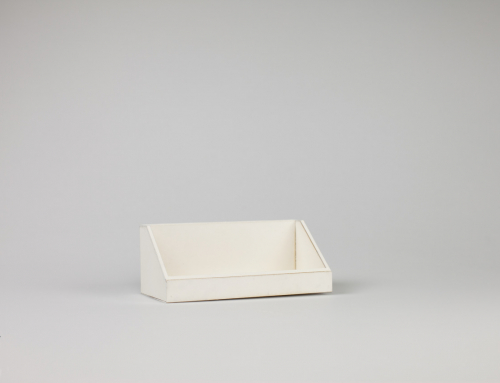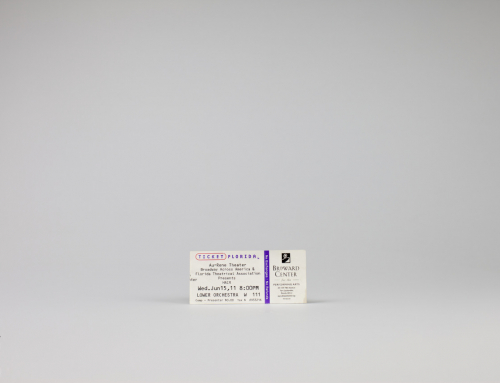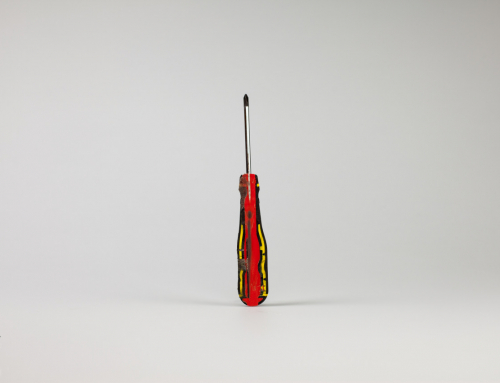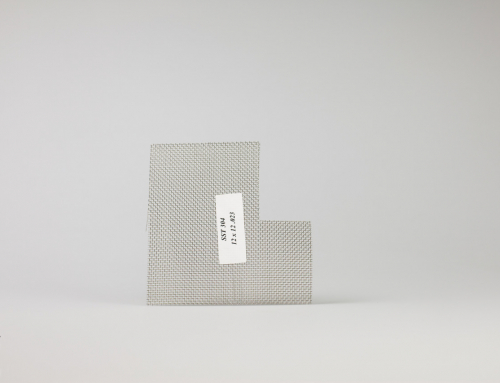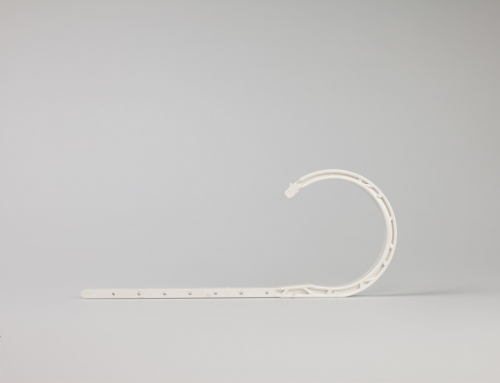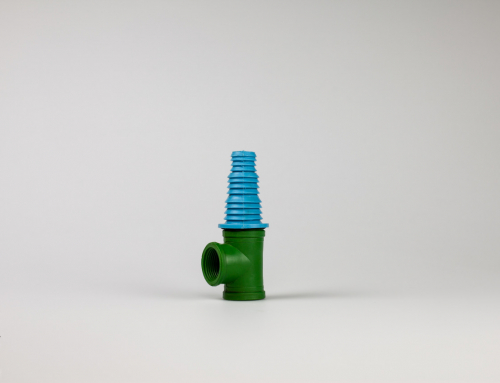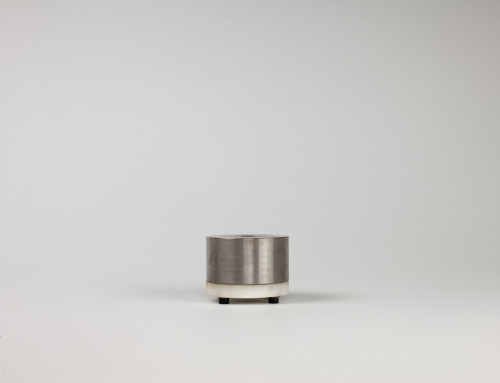The mission, which involved some 4500 soldiers, began in late August with heavy bombing of Taliban positions and raids by U.S. and British special forces on Taliban-held villages along the Helmand River. On 27 August, a 100- vehicle convoy including the trucks carrying the gear set out from Kandahar and drove into the desert, usually going just a few kilometers per hour. Well ahead of the convoy was another, “dummy” convoy of about 40 Danish vehicles that took the main road near the dam, drawing fire and diverting attention from the real convoy. Bomb-disposal teams cleared scores of improvised explosive devices along the route, including 11 in a single short stretch of road not far from the dam. The convoy transporting the massive electrical gear, which was hidden in multiple shipping containers covered with posters emblazoned with quotes from the Koran, took an alternate route through the mountains mapped earlier by a British reconnaissance team. At several points the convoys were rocketed or mortared, but on 2 September, the trucks rolled into the yard at the dam with the equipment undamaged. The casualty count for the 12- day mission was one coalition soldier dead and eight wounded and approximately 200 Taliban killed.
Sadly, the heavy-electrical gear still sits unused at Kajaki. One month after Eagle’s Summit, the Chinese engineers from CMIC abruptly left Kajaki. According to a USAID official in Kabul, the engineers realized that the Taliban could not be cleared anytime soon from the area around the road leading to the plant, which meant there was no chance that NATO could deliver the hundreds of tons of concrete needed to install the third hydroturbine.
Source: Re-engineering Afghanistan
wiki: Operation Eagle’s Summit
